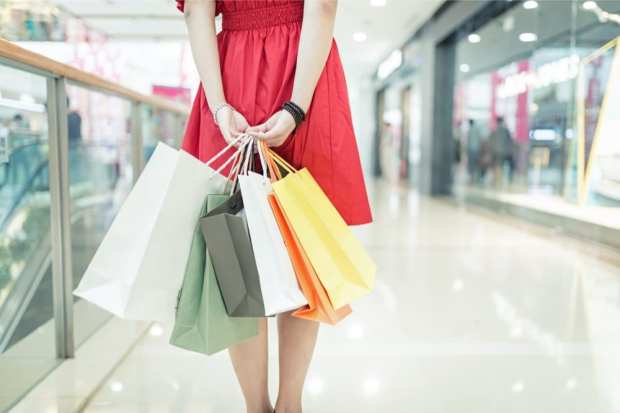China’s Consumer Rebound Not Enough To Boost Luxury Retail

A positive data point, indeed — but perhaps not much more than that.
To that end, in China, retail data showed consumers snapped a seven-month streak decline. Retail sales posted their first gain amid the pandemic.
Data published by China’s National Bureau of Statistics showed consumer spending gained 50 basis points in August from the year ago period. As noted in this space, that was better than the flat reading economists had been looking for. All told, though, even with the positive reading last month, in China year to date, retail sales are down 8.6 percent.
Industrial production, up 5.6 percent in August year over year, indicates economic growth (and exports). That may bode well for jobs, as export activity can keep jobs in place. Jobs, of course, pay the wages that underpin consumer spending.
For retailers like LVMH, which as we reported saw second-quarter sales jump by 65 percent in China for goods such as fashion, cosmetics and wine, the latest data points are encouraging.
But digging a bit deeper in the numbers, even though overall sales were down, online sales of physical goods were up 15.8 percent year to date, and now account for roughly 24.6 percent of the total sales of retail goods.
Within certain categories, cosmetics sales were up about 19 percent and auto sales were up 11.8 percent, while household appliance sales were up 4.3 percent in the month, all measured year on year.
As is the case with other developed economies, such as in the United States, as consumer spending goes, so does the economy. For China, pent-up demand is here after so much time spent in lockdown. At least some of the spending has been incentivized, as the government earlier this year began handing out cash to help spur auto sales.
As reported in the Financial Times, Fred Neumann, managing director at HSBC Holdings Plc., said retail sales were “going in the right direction, but there’s a long way to go to characterize this as a balanced economy,” and added that “beneath the surface there’s still lasting scars from the pandemic … it will take time and government policy to heal those scars.”
The key test will be whether consumers display an increased appetite for goods that remains sustained past the novelty of re-openings and government efforts. As we reported here in April, Chinese consumers had been taking on debt to combat the economic headwinds of the pandemic.
Recent reports this week show that the government is imposing at least some constraints on consumer lending and, in particular, on P2P lending.
A still-uncertain economy and a tightened lending spigot may leave at least some consumers cautious about spending in an environment where, as Bain has estimated, the Chinese consumer still accounts for 30 percent “share” of luxury goods spending worldwide.
A bump up in cross-border travel might boost spending but of course it remains to be seen when (or if) tourist activity and spending will return.
One data point — in this case, positive retail spending — does not a trend make.
